Our journey through Bolivia ends in the most south-western part of Bolivia, close to the border with Chile. But not before we can enjoy another scenic highlight for several days. The lagoon route is known worldwide among overlanders and tourists alike. In the southern part of the Altiplano, there are many mountains over 5,000 meters high and countless lagoons nestled in between. Hence the name: the lagoon route to get from Bolivia to Chile.
Inhospitable terrain and poorly maintained roads
The last adventure in Bolivia for the time being begins inconspicuously. We start in Uyuni in a south-westerly direction on a large road. We make rapid progress until we finally take the turn-off to the Cañapa lagoon. The road conditions quickly change and we demand everything from our campervan Ben. Deep ruts, soft sand and steep inclines with tight bends. Many would have thought that this could only be managed with a 4×4 and all the bells and whistles of a real off-roader. In the wet season: Unrestrictedly yes, maybe you can’t even get through the terrain with a jeep. In the dry season at the end of September during our visit: With patience and a good choice of lane, it works just (almost) as well with our Sprinter. But it’s always an adventure – we enjoy the remoteness and the opportunity to experience all this with our campervan. Well, we are here for the nature, many lagoons and at least as many flamingos accompany us on our way between the 5,000m high peaks for the last 350km or so through Bolivia.
Our own lagoon route
We don’t choose the direct route as we would miss one or two beautiful lagoons. Our lagoon route takes us via Cañapa lagoon, Hedionda lagoon and Negra lagoon to Honda lagoon. We spend our first night there – again at an altitude of 4,200 meters. The nights here get very cold, a test both for our water system (hopefully nothing will freeze) and for our diesel tank. We have made provisions for the diesel; firstly, we have already bought an additive for the cold temperatures in Peru. The diesel in Bolivia is quite poor and thickens even faster in cold temperatures than the good European diesel. On the other hand, we park with the hood and diesel tank facing the sunrise so that the diesel can be warmed by the sun as early as possible.
The next morning we set off at a leisurely pace, first marveling at the Ramaditas lagoon. Then we leave the western route through the lagoons and cross in an easterly direction past the Cachi lagoon to the Pastos Grandes lagoon. Here we make our next overnight stop, as we enjoy the scenery so much and don’t want to reach the Chilean border too soon, as the compulsory insurance doesn’t start covering us for a few days.
Next, we take the road to the Capina lagoon, followed by the Hedionda lagoon – the second one. At this lagoon, we camp once again free and without the hustle and bustle of tourists, it’s wonderful to have nature to ourselves. Only 100 and 1 flamingo keep us company. Our lagoon route continues past the Kollpa lagoon to the well-known Salada and Chalviri lagoons. As we zigzag through the Eduardo Avora National Park, we now take the path to the famous Colorada lagoon. The road is a tough one, on the way there we get stuck because of a driving mistake: now we have to dig out our wheels. The route from the south to Colorada lagoon is also the worst in the whole national park so far, although the roads are miserable throughout. On the way back from the Colorada lagoon in an easterly direction to the main road through the national park, we get stuck in the deep sand a second time. The incline and the large walls of loose sand, gravel and stones demand a lot from us and our campervan Ben until we are free again and can start a second attempt through the precarious passage. This time everything works and we are back in the race. It’s a bit ironic that we can drive to the most remote lagoons, but we get stuck twice at the most famous and most visited lagoon.
Now it’s off to the geysers, then to a natural thermal bath before we visit the last two lagoons on our route, the famous Verde and Blanca lagoons, just before the border.
If you’ve been keeping count as our reader, you’ve probably counted 15 lagoons within this manageable distance. The landscape is really breathtakingly beautiful, as adventure seekers we would go on the lagoon route again in a heartbeat, but with a jeep rather than our own campervan. We are glad that our van survived all of this in one piece. The destination is worthwhile, but not that much with your own campervan as the demands on the substance are simply enormous.
Flamingos at over 4,000m
At most of the lagoons we see the typical pink flamingos. As flamingos are migratory birds, it was probably no coincidence that the flamingos settled here, they would have the capacity to fly to lower or warmer regions. But the food around the many lagoons combined with few predators probably makes them stay here. For us tourists, this makes for an impressive spectacle in almost every lagoon we visit. Everywhere and again and again we encounter larger groups of flamingos, dragging their beaks through the shallow water and the muddy banks in search of food.
There is also a special kind of flamingo high up here in the Andes: fluffy flamingos. The regular flamingos have normal, smooth plumage. However, a special type of flamingo has adapted to the altitude and cold temperatures in such a way that its feathers are no longer smooth, but fluffy and bushy. We assume that this also helps against the constantly brisk and cold wind. And we can observe another peculiarity in some lagoons. Overnight temperatures drop below 0°C, for example to around -7.5°C on our first night. This means that the lagoons, some of which are very shallow, freeze over overnight. The flamingos then gather in one place in the lagoon to keep warm. However, their feet are also frozen in the lagoon. Only the next morning after about 3 hours of sunshine at around 9 a.m. were the first flamingos able to free themselves again and move around freely. It is fascinating to see how this behavior has apparently normalized among the Bolivian flamingos on the lagoon route.
Geysers and Salvador Dali desert
As we drive through the Altiplano on the lagoon route in Bolivia, we pass yet more natural spectacles. On the one hand, we find a geyser field right by the roadside. Countless hot mud holes, some really bubbling, catch our attention. Hot water vapor mixed with various gases emerges from various vents with an impressive roar. We enjoy watching the spectacle. However, we should not stay longer than 30 minutes, as the hot gases are probably poisonous. There is also a sulphureous smell in the air. So as not to endanger our health, we take a few photos, record some impressions before we quickly continue on our way south.
The landscape remains perpetually barren and inhospitable. So inhospitable that we actually drive through a real desert at an altitude of over 4,000 meters: The Salvador Dali Desert. The whole lagoon route was already sandy, dusty and stony. In our opinion, the whole region could also be described as a desert. It is probably a question of definition for geologists as to why this region of all places is an excellent desert and the rest is not. We have already passed countless places with soft sand and potholes filled with the finest dust on our lagoon route. Here there is just that little bit more sand. Nevertheless, the impressions are unique and exceptionally beautiful. We are still enjoying the landscape!
Adios Bolivia, hola Chile
Goodbye Bolivia and hello Chile – that’s how we say goodbye to Bolivia with beautiful and impressive experiences and memories. Next, our route takes us across a lonely border post in the middle of nowhere to Chile. We are excited, we have heard some stories about Chile from other travelers – but we don’t believe anything until we have experienced their stories ourselves. Or hopefully not, as the north of Chile in particular is not supposed to be the safest part of the country and is often the subject of such travel stories. We’ll report back on how our trip continues!
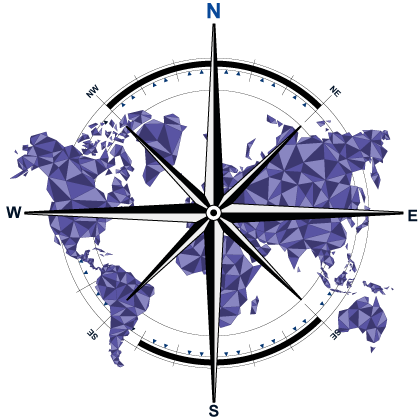


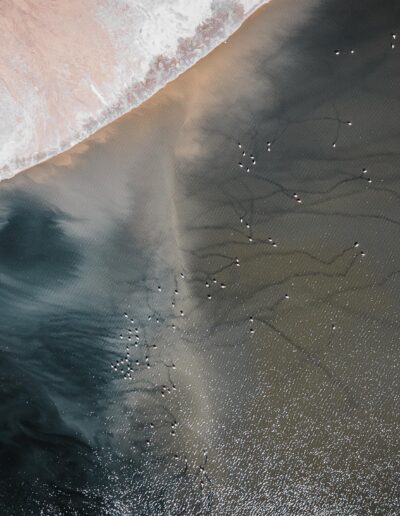
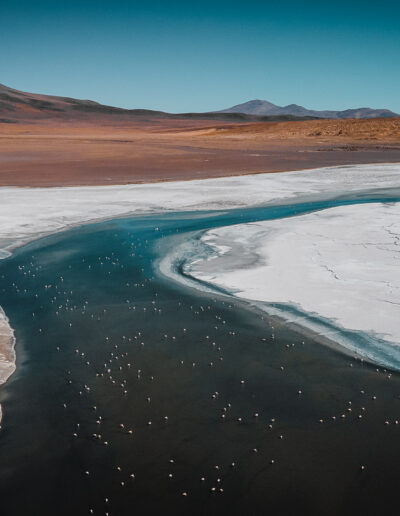
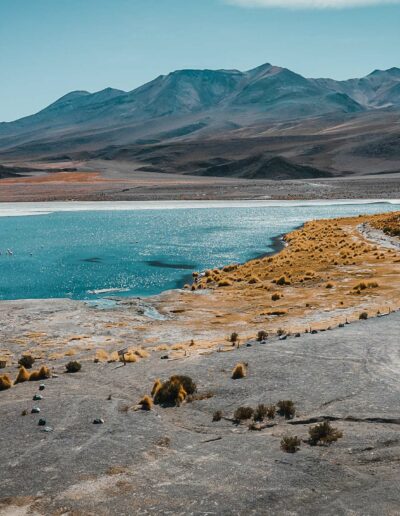
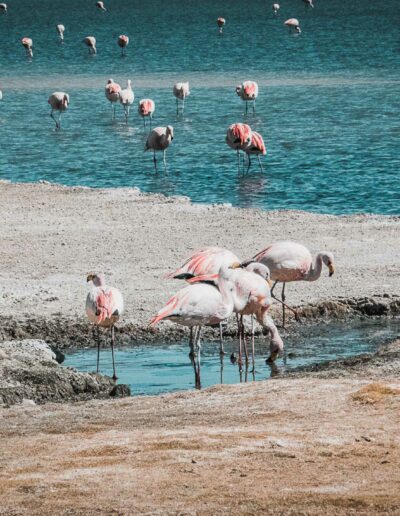
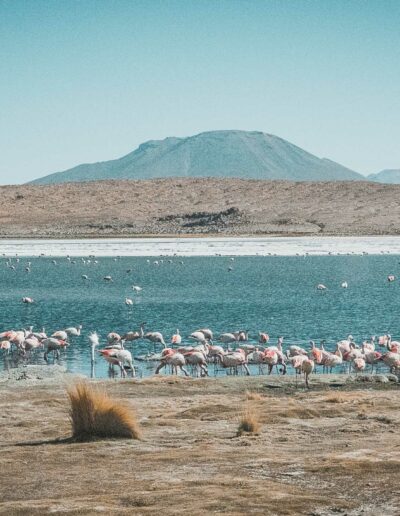
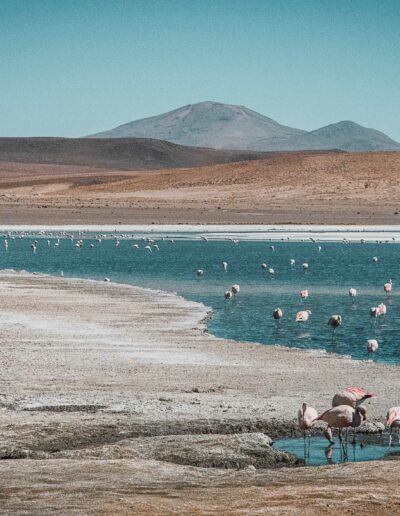
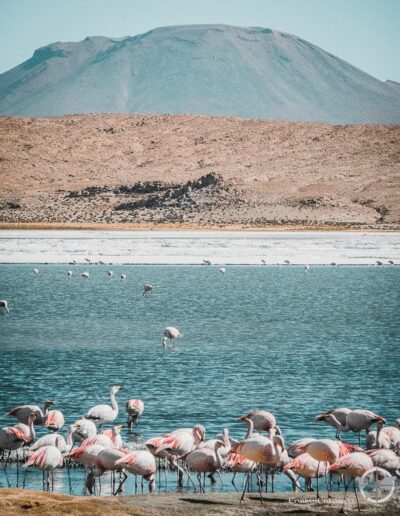
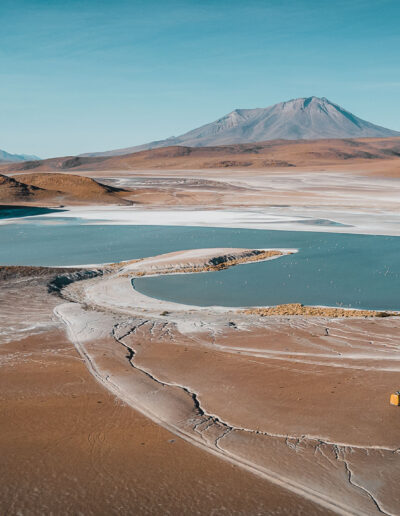
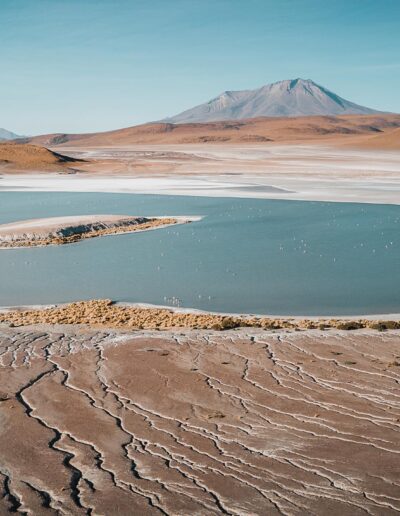

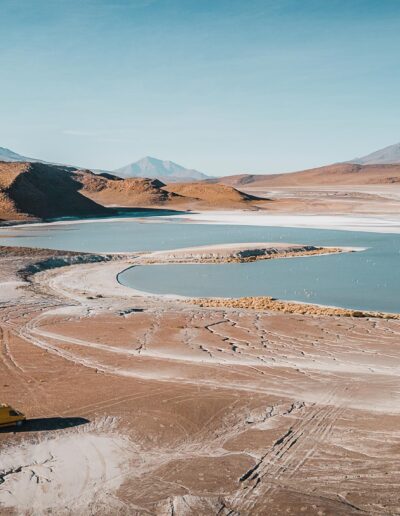
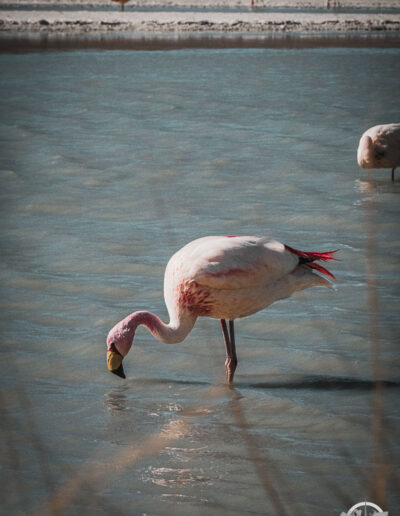
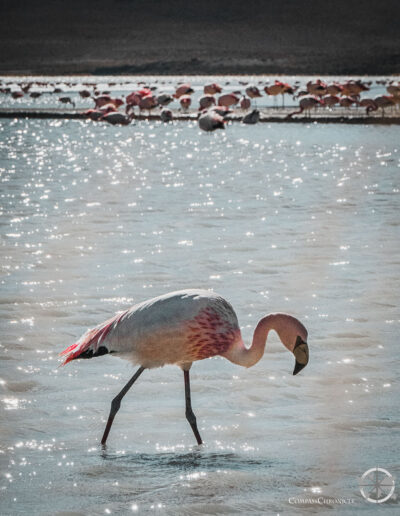
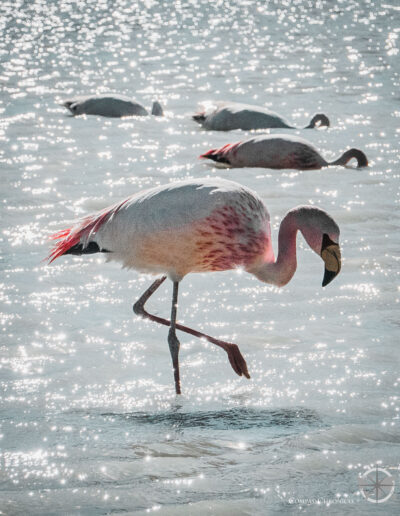
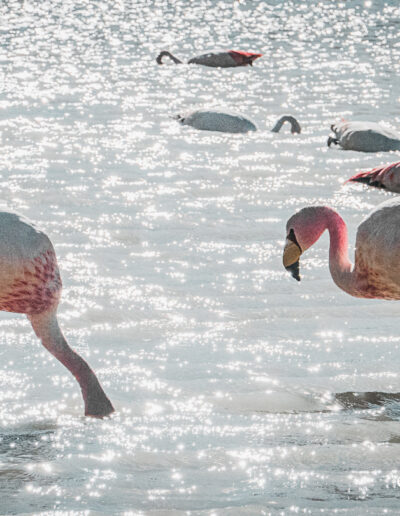
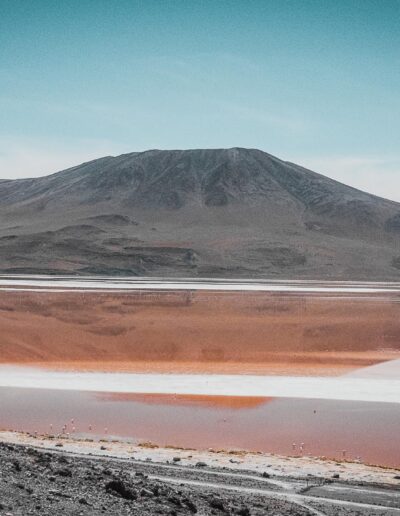
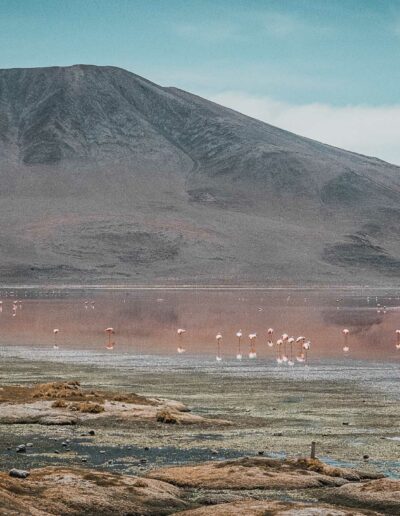

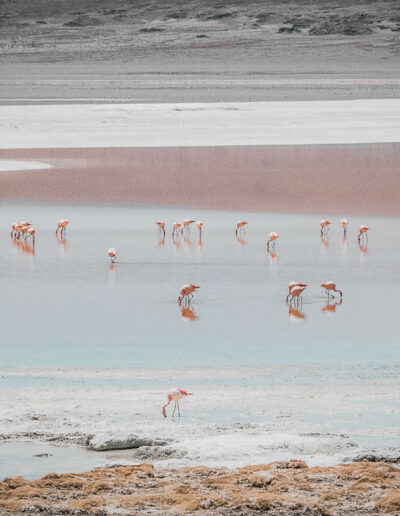
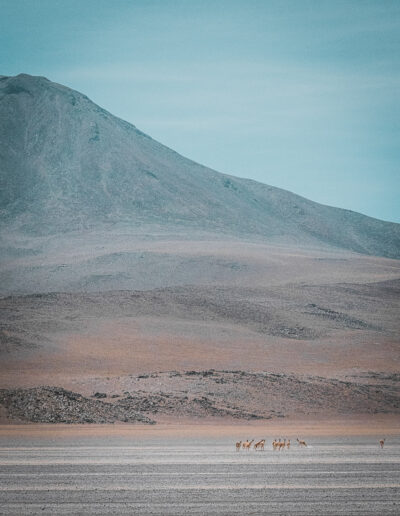
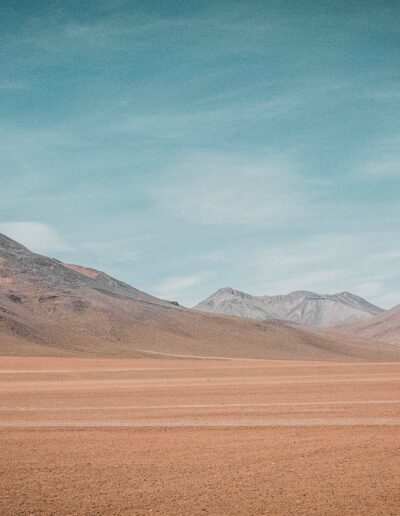
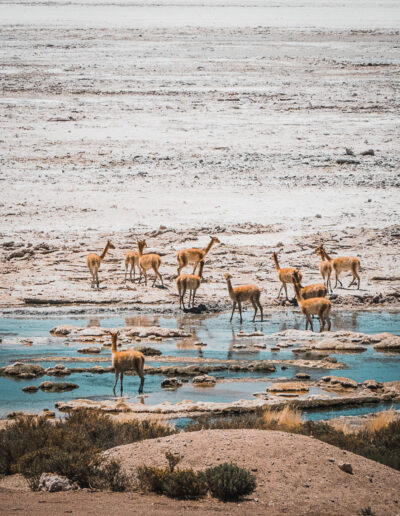
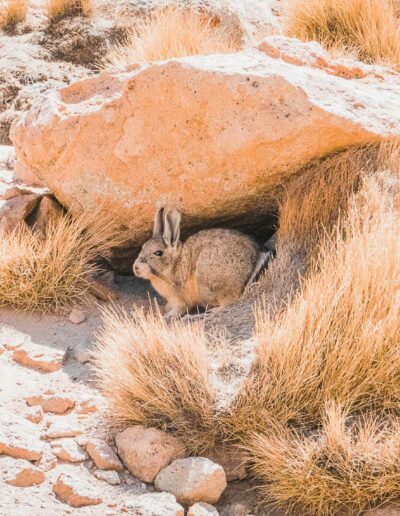
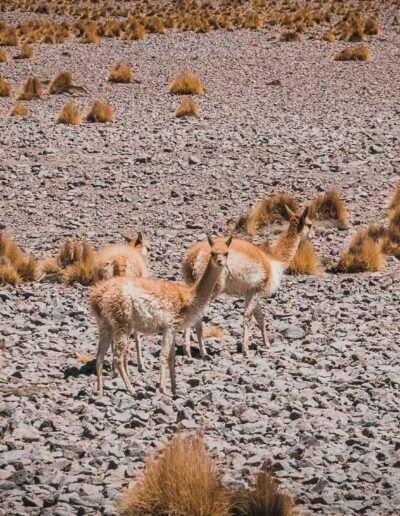
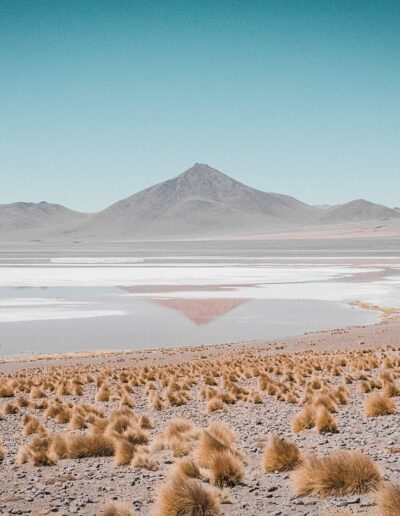
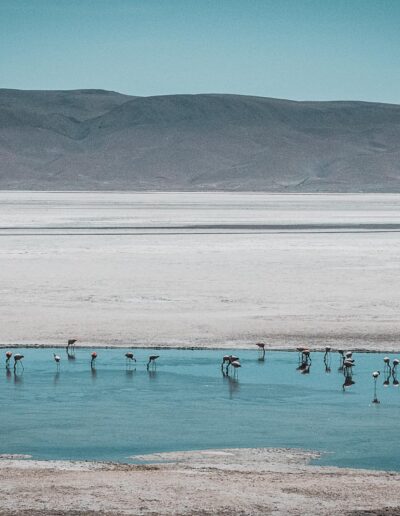
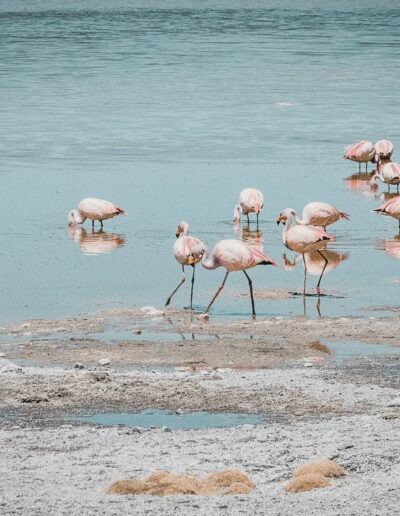
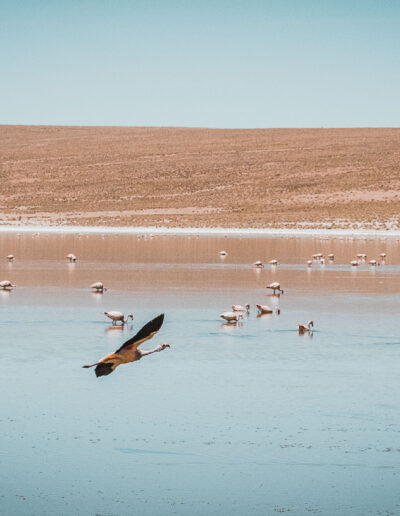
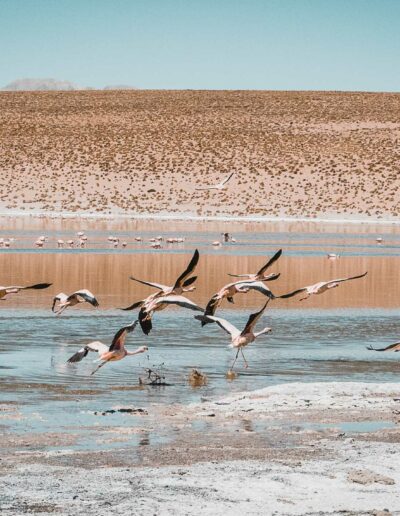
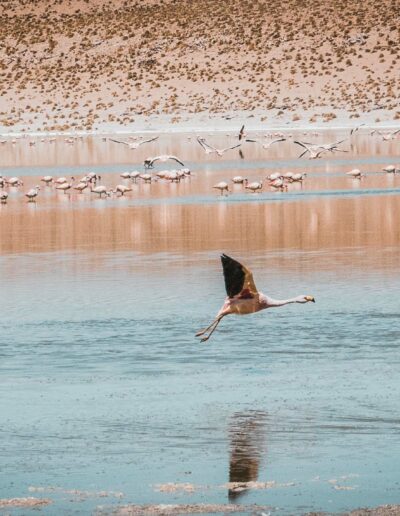

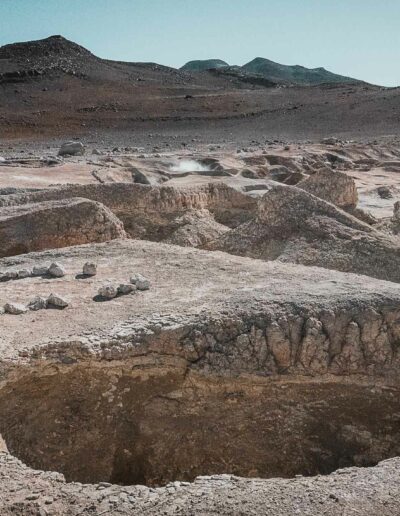
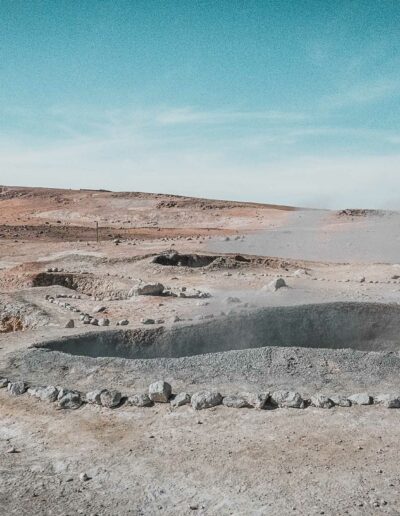
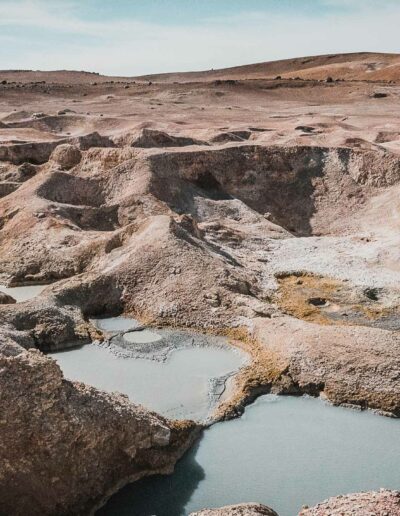
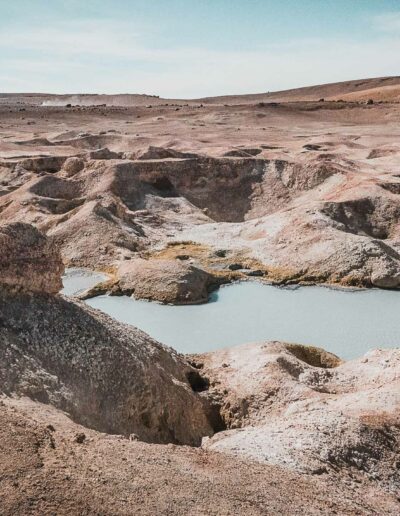
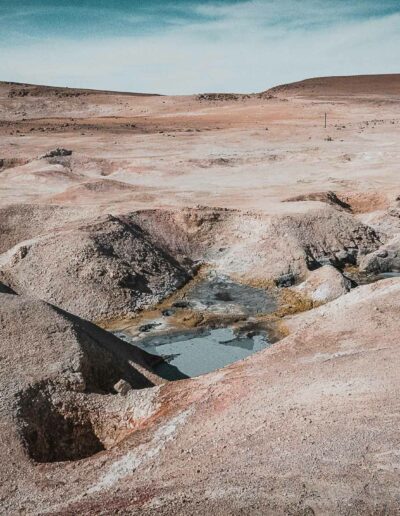
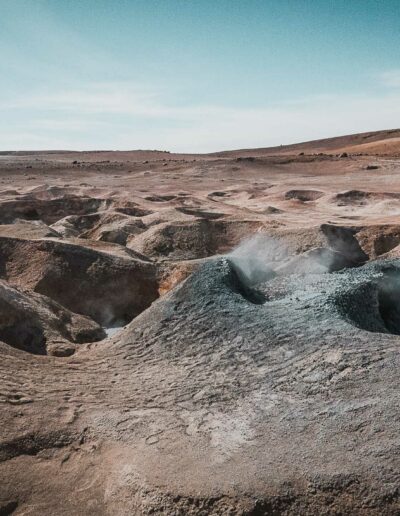
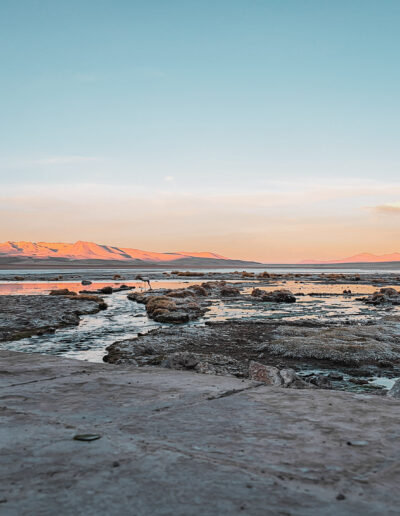
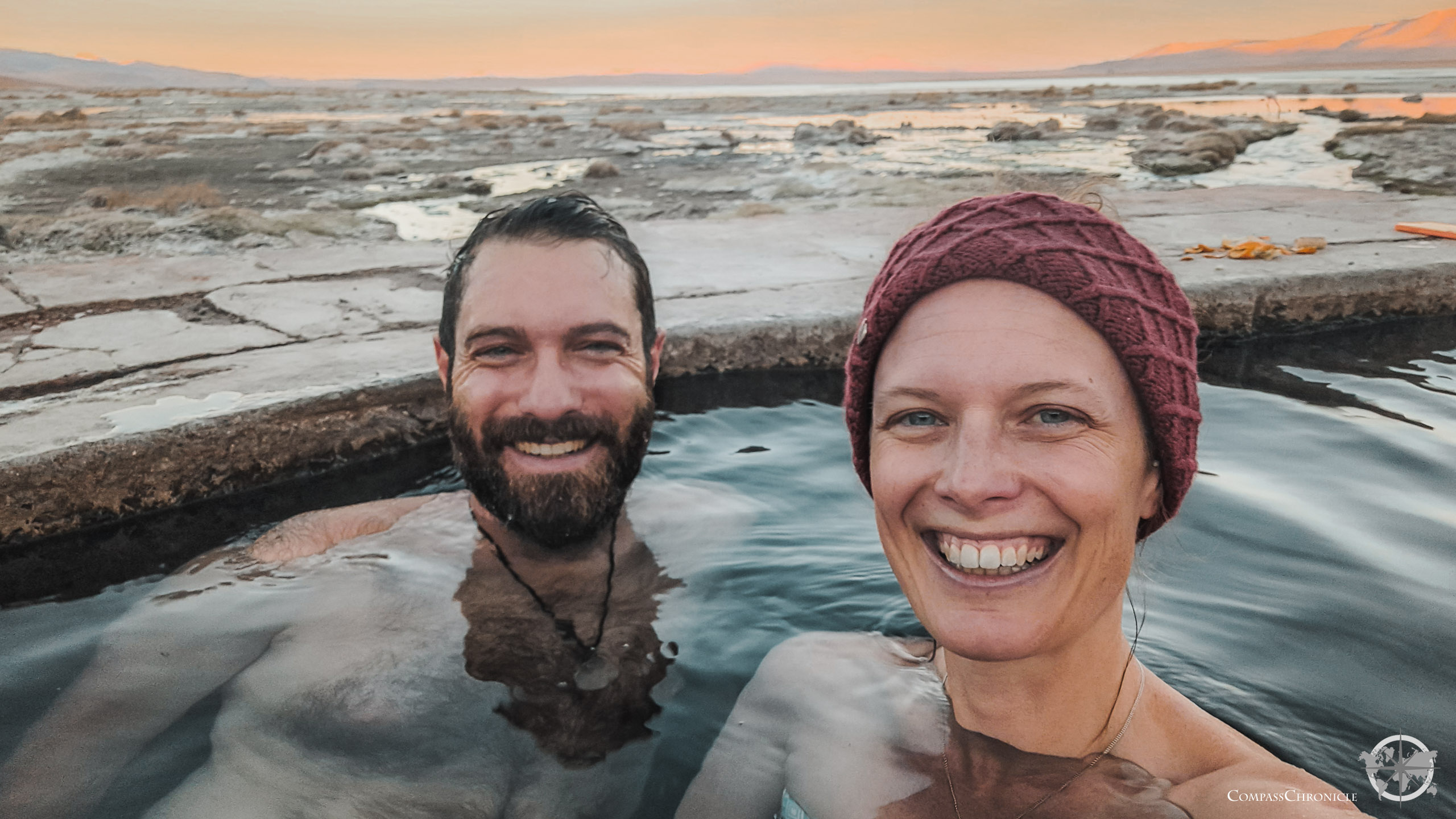
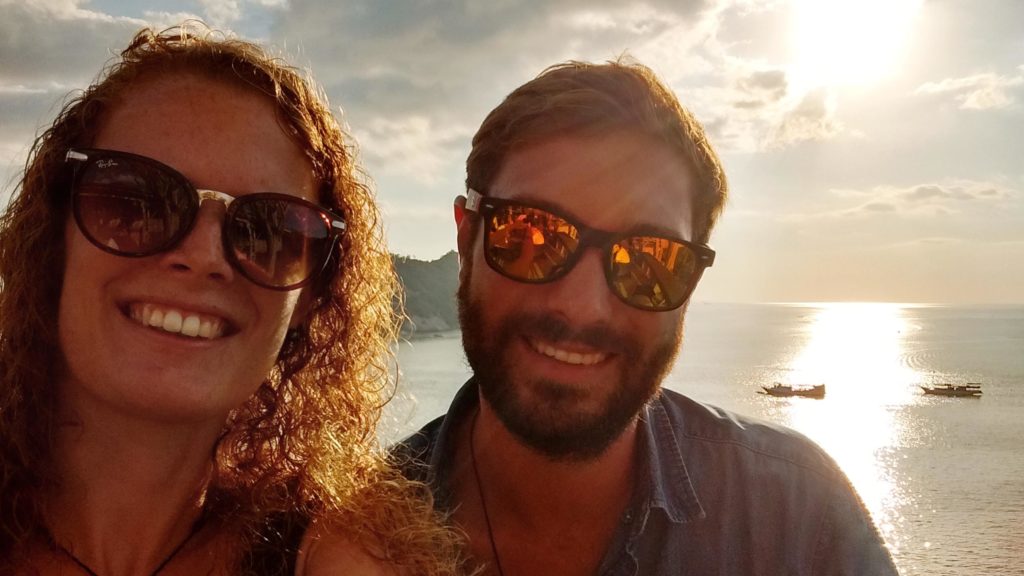
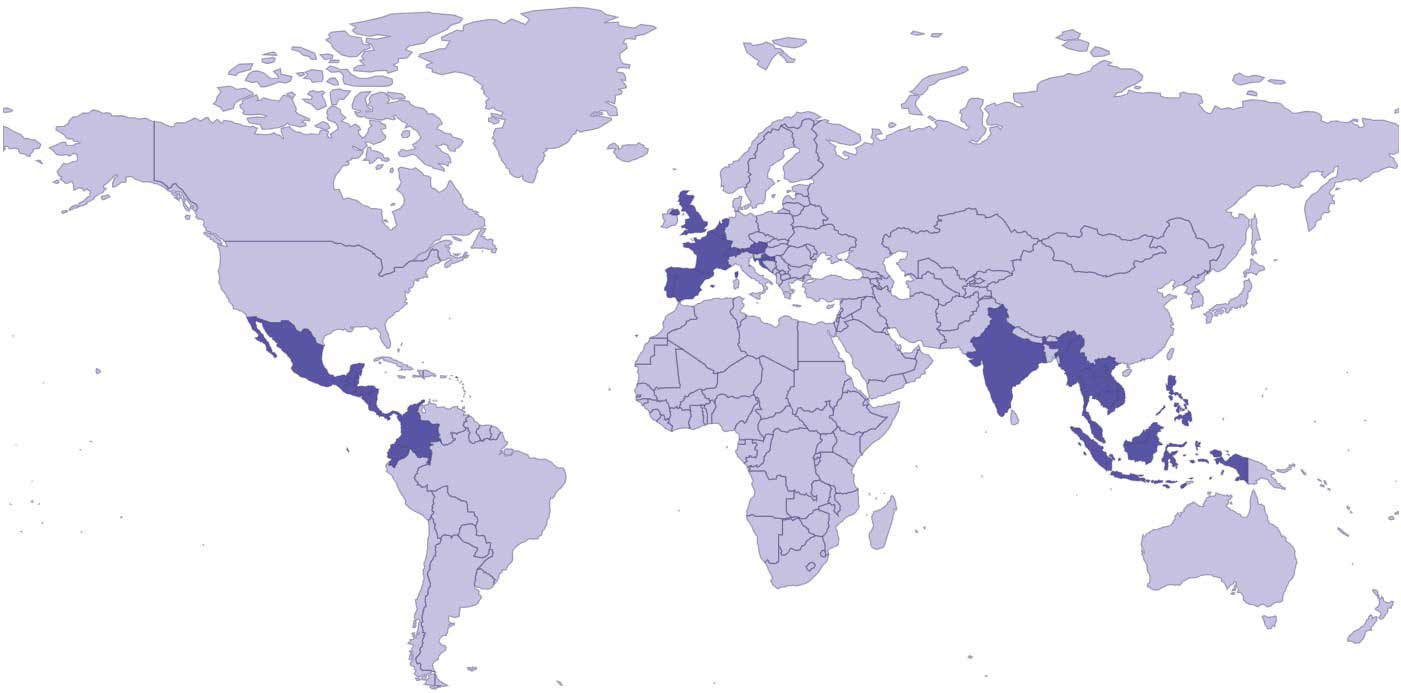

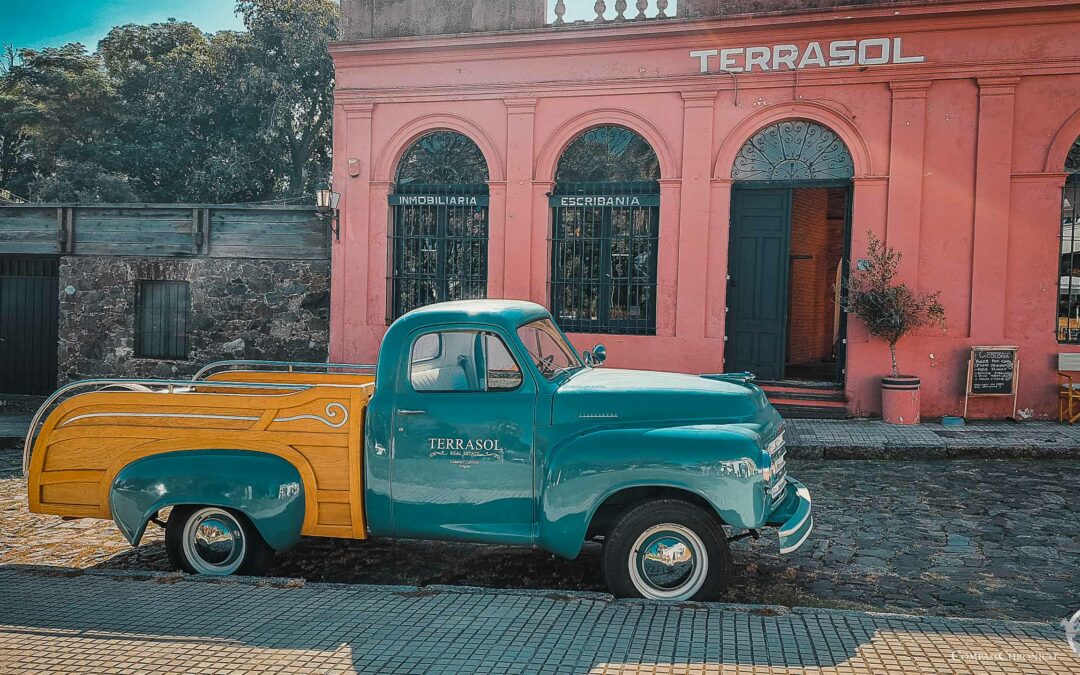
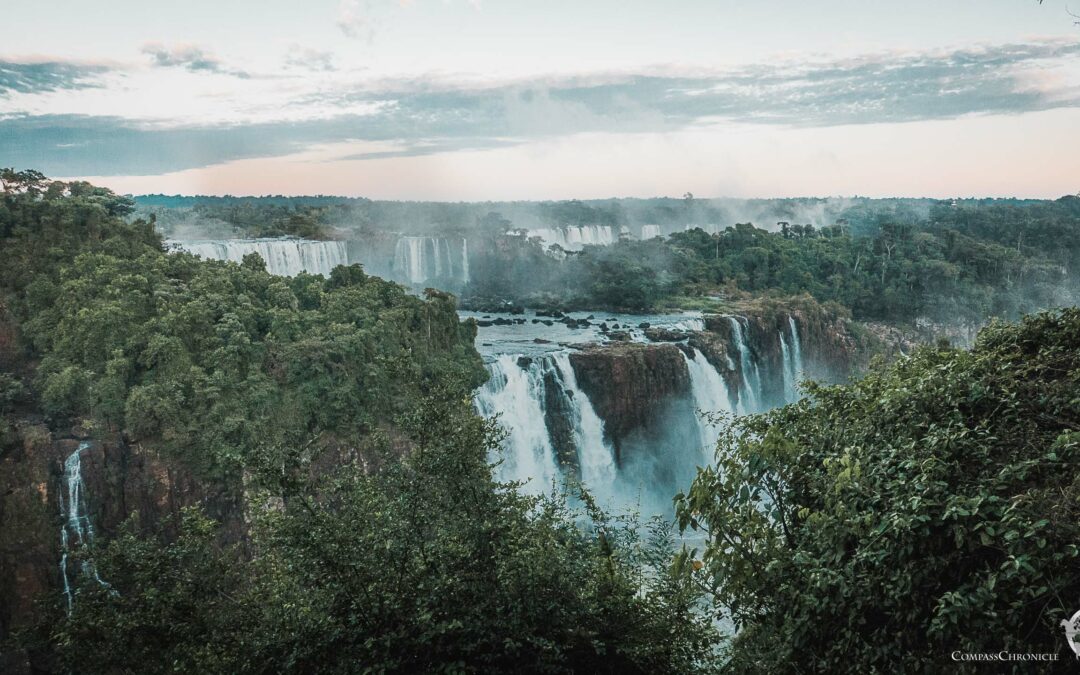
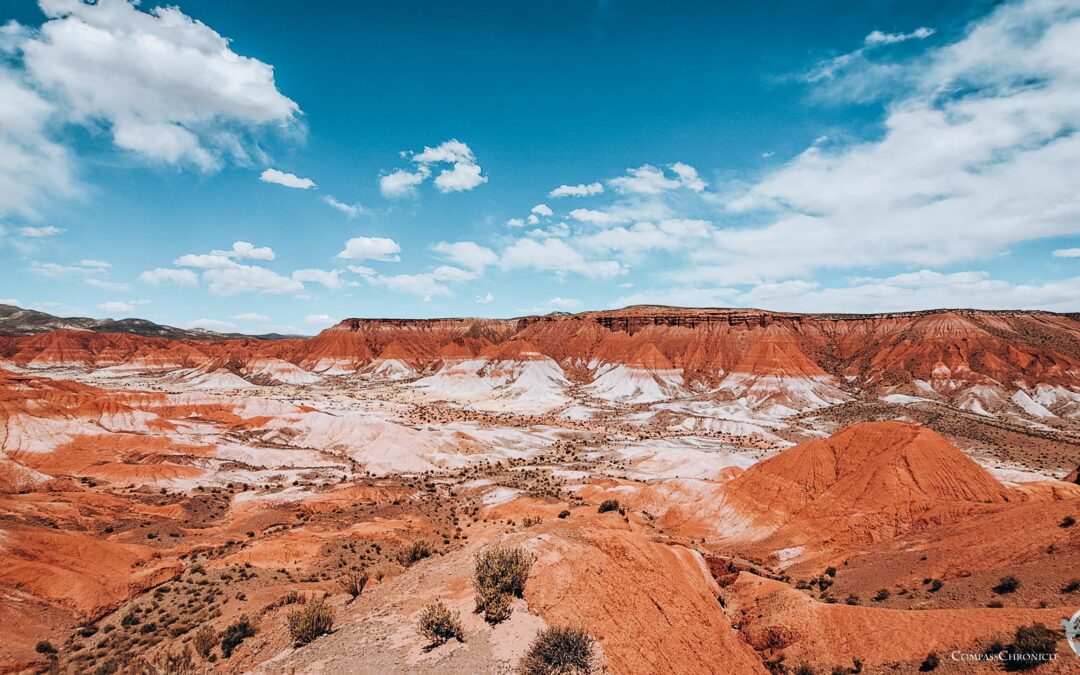
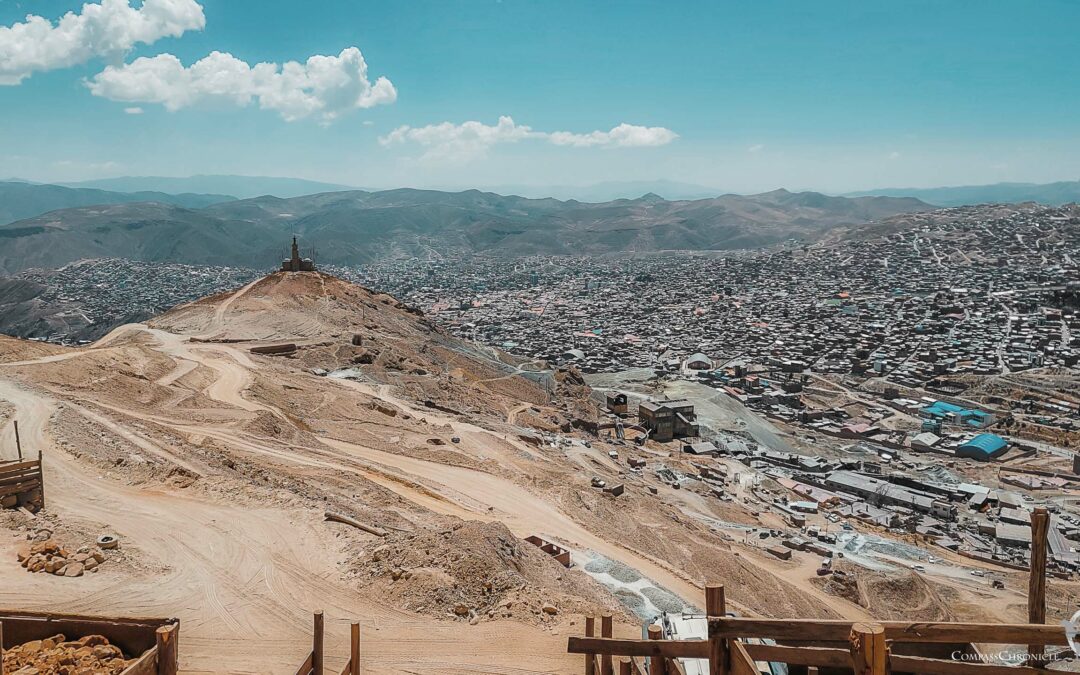
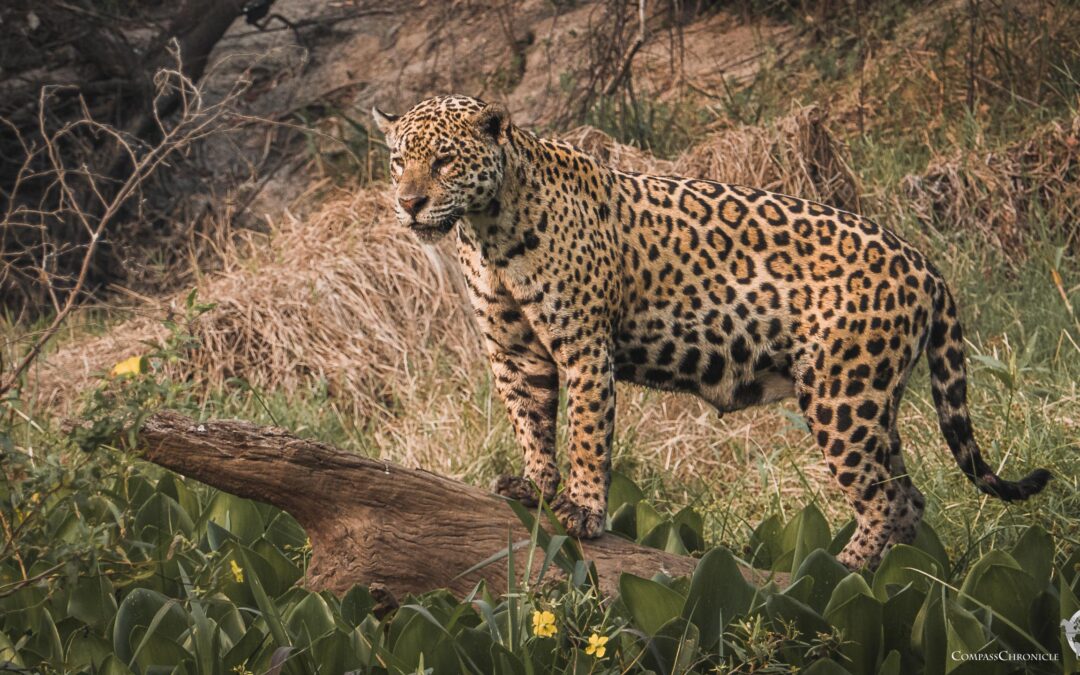
0 Comments